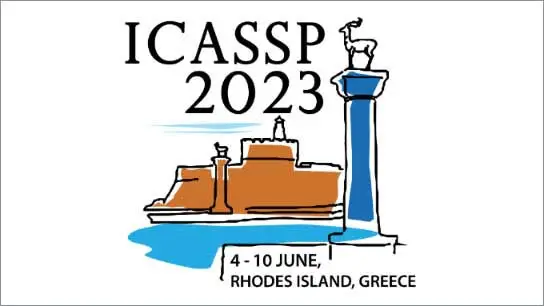WAVE-U-NET DISCRIMINATOR: FAST AND LIGHTWEIGHT DISCRIMINATOR FOR GENERATIVE ADVERSARIAL NETWORK-BASED SPEECH SYNTHESIS
Takuhiro Kaneko (NTT Corporation); Hirokazu Kameoka (NTT Communication Science Laboratories, NTT Corporation); Kou Tanaka (NTT corpration); Shogo Seki (NTT Corporation)
-
Members: FreeSPS
IEEE Members: $11.00
Non-members: $15.00
07 Jun 2023
In speech synthesis, a generative adversarial network (GAN), training a generator (speech synthesizer) and a discriminator in a min-max game, is widely used to improve speech quality. An ensemble of discriminators is commonly used in recent neural vocoders (e.g., HiFi-GAN) and end-to-end text-to-speech (TTS) systems (e.g., VITS) to scrutinize waveforms from multiple perspectives. Such discriminators allow synthesized speech to adequately approach real speech; however, they require an increase in the model size and computation time according to the increase in the number of discriminators. Alternatively, this study proposes a Wave-U-Net discriminator, which is a single but expressive discriminator with Wave-U-Net architecture. This discriminator is unique; it can assess a waveform in a sample-wise manner with the same resolution as the input signal, while extracting multilevel features via an encoder and decoder with skip connections. This architecture provides a generator with sufficiently rich information for the synthesized speech to be closely matched to the real speech. During the experiments, the proposed ideas were applied to a representative neural vocoder (HiFi-GAN) and an end-to-end TTS system (VITS). The results demonstrate that the proposed models can achieve comparable speech quality with a 2.31 times faster and 14.5 times more lightweight discriminator when used in HiFi-GAN and a 1.90 times faster and 9.62 times more lightweight discriminator when used in VITS.



